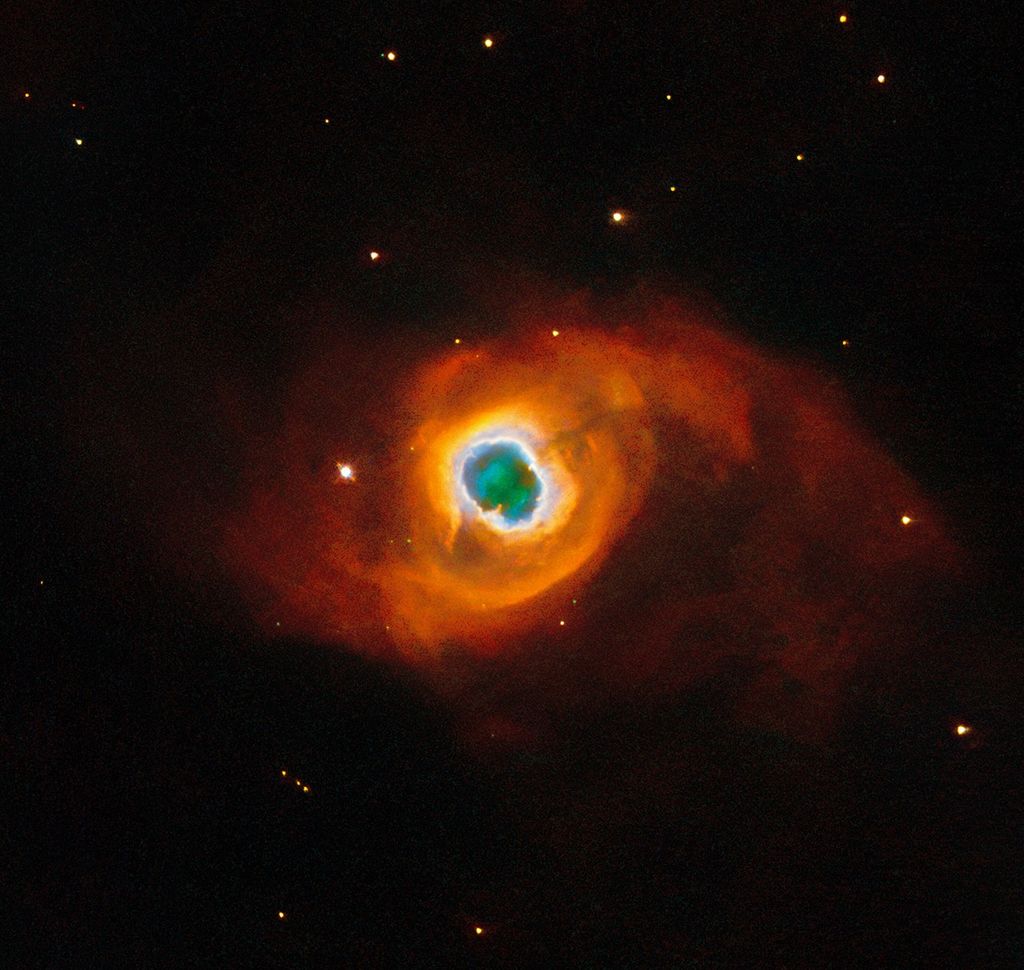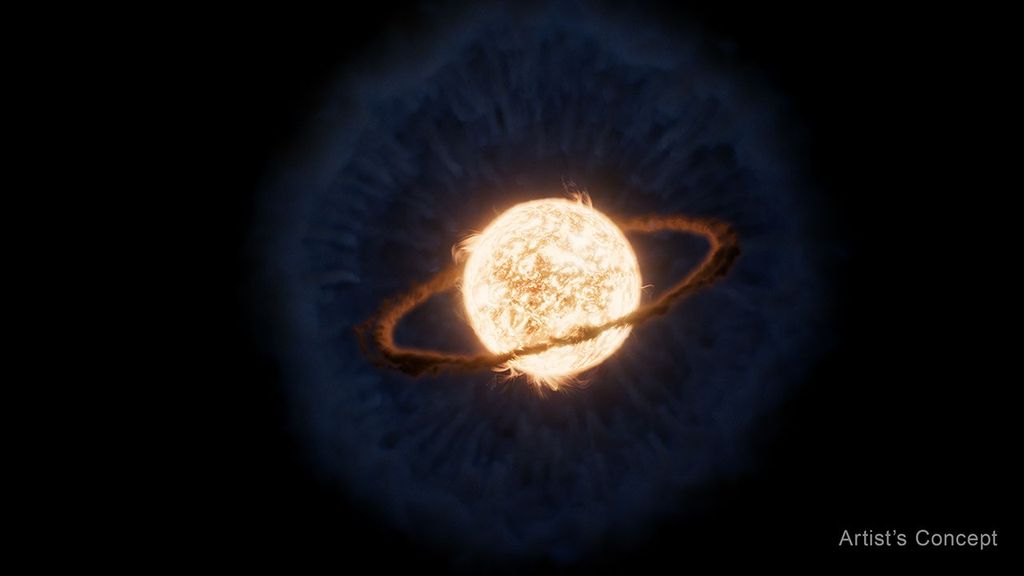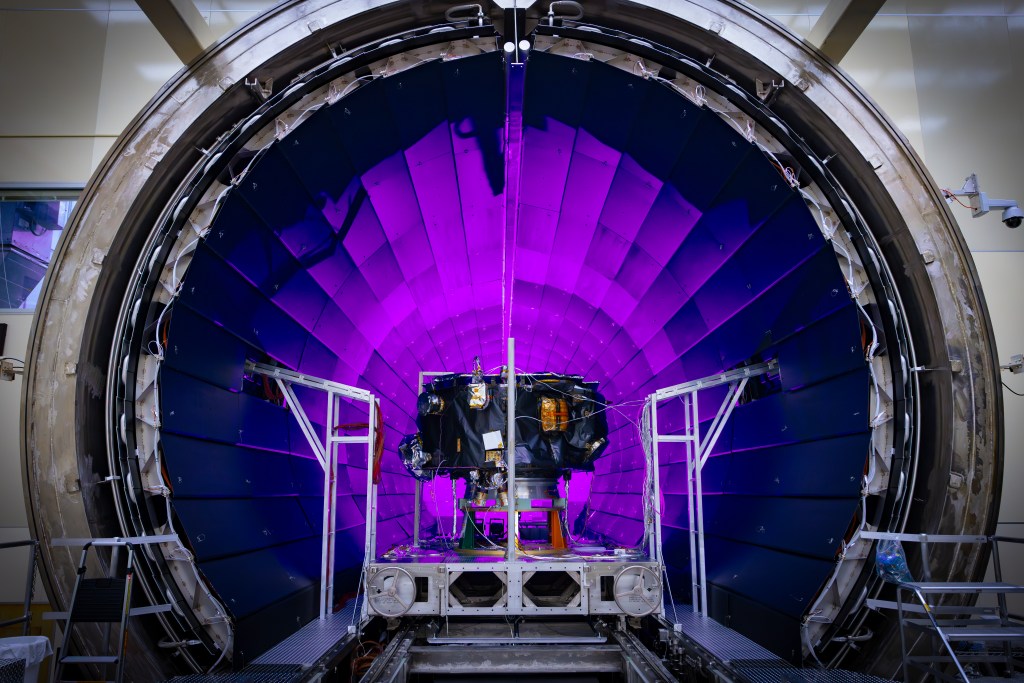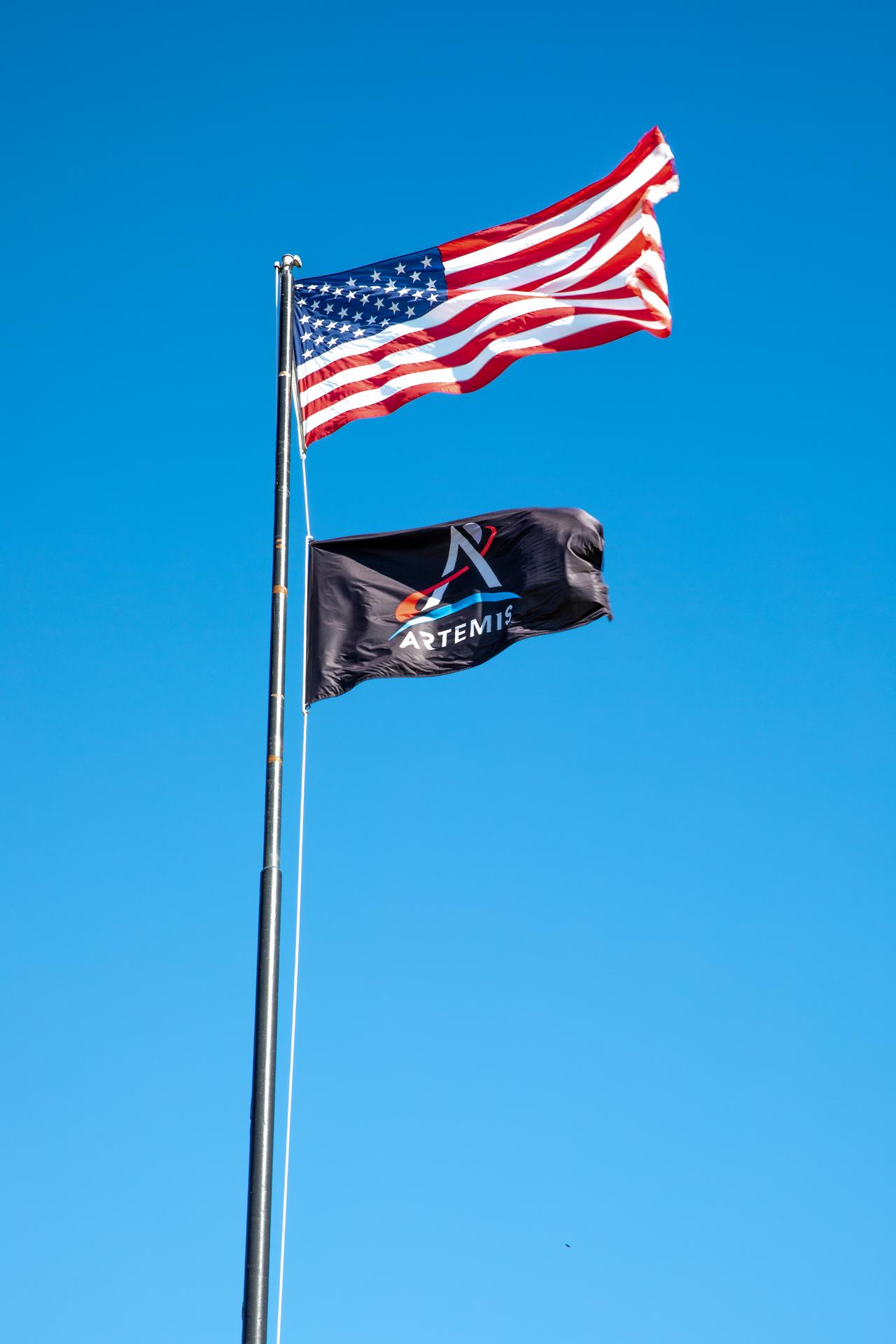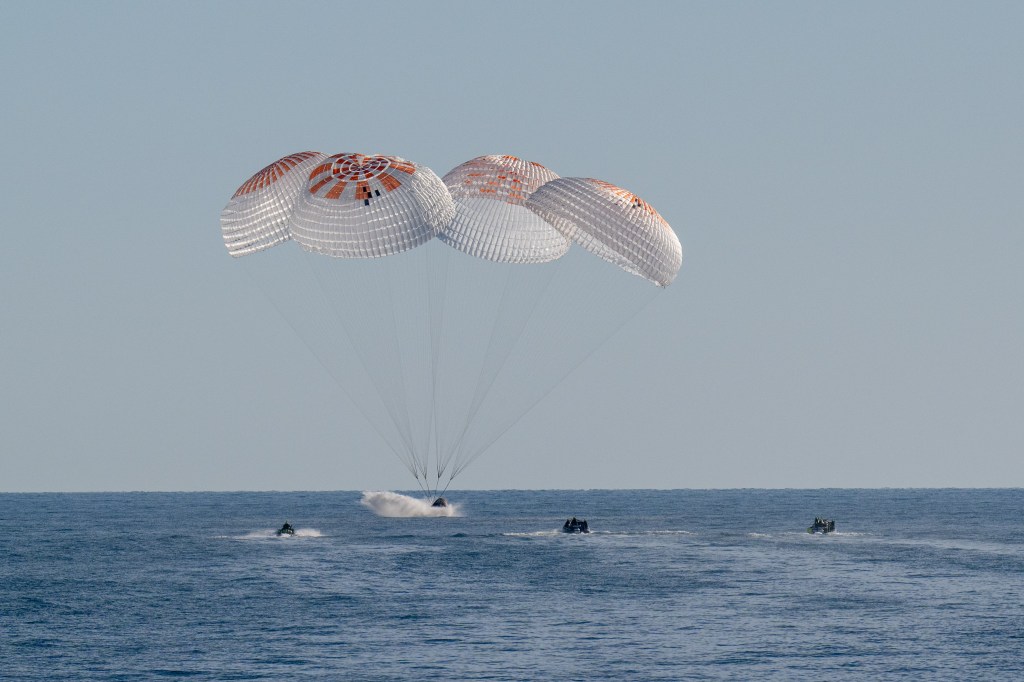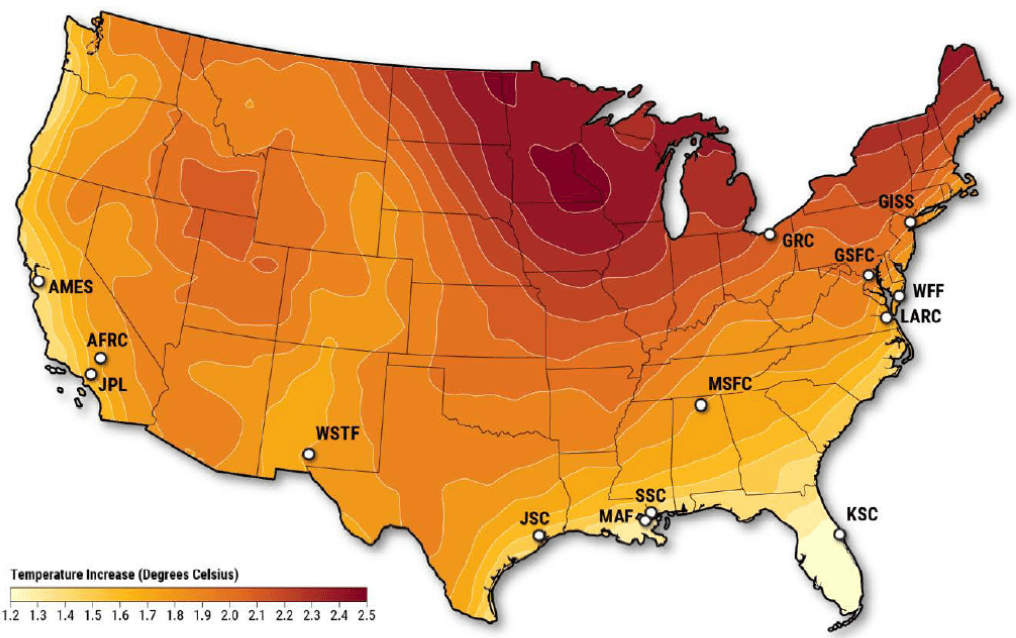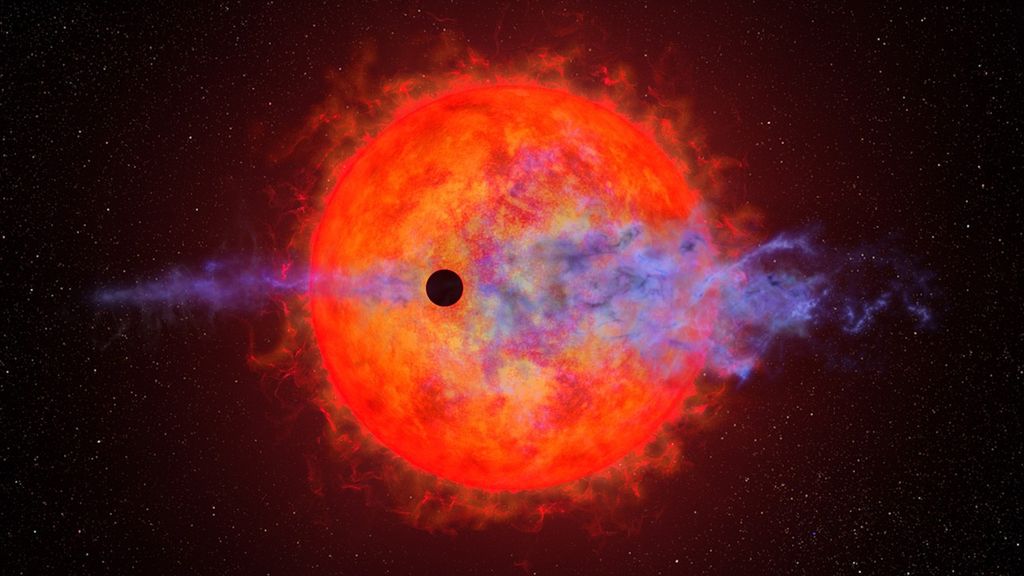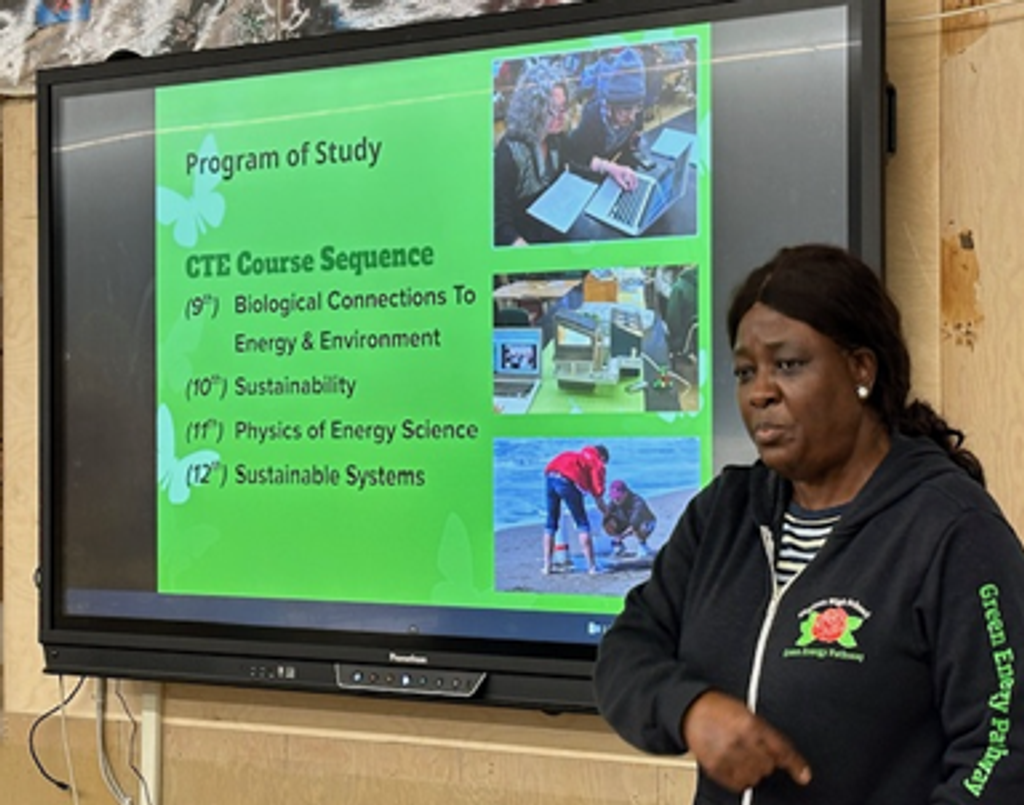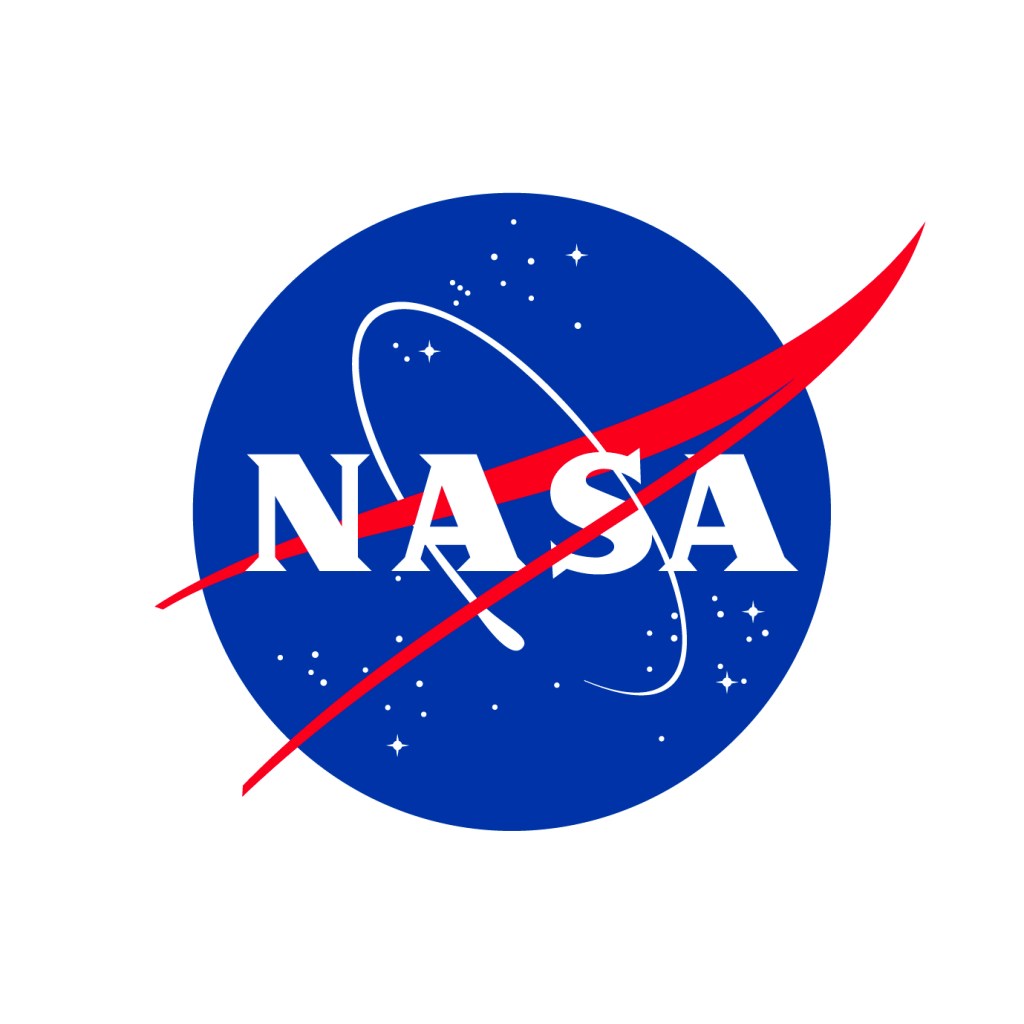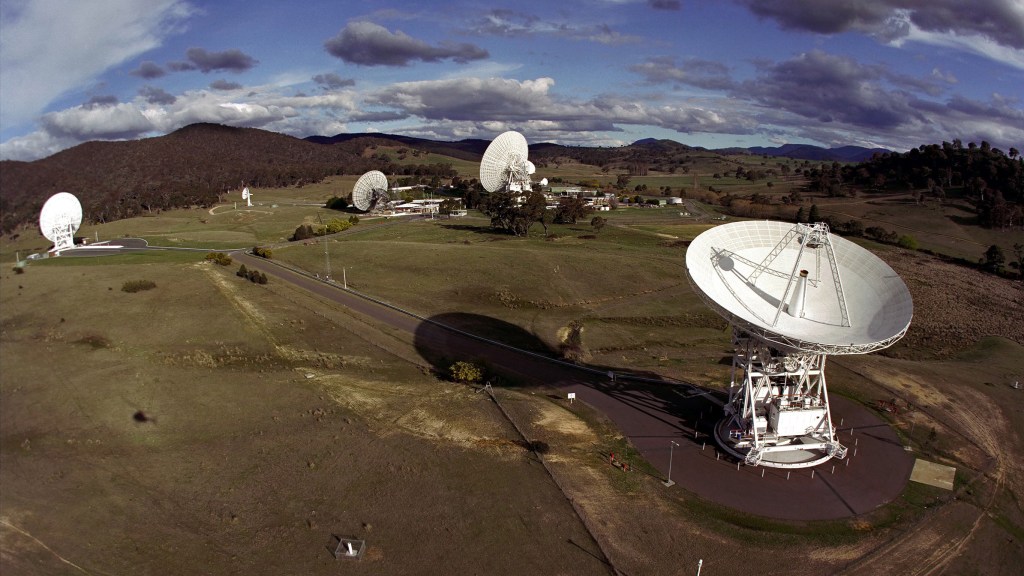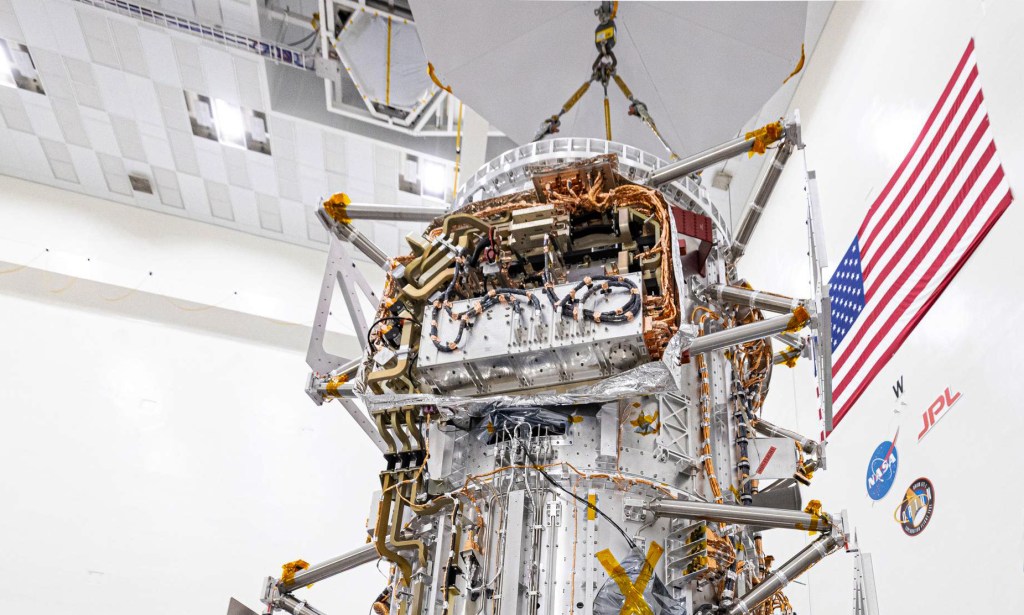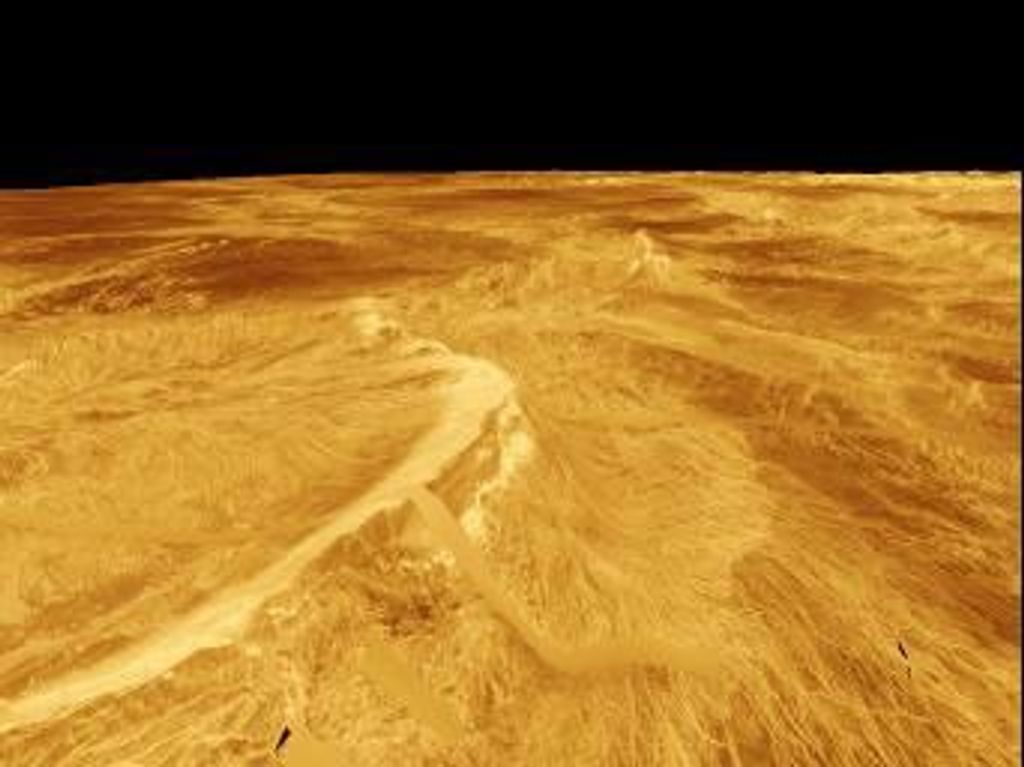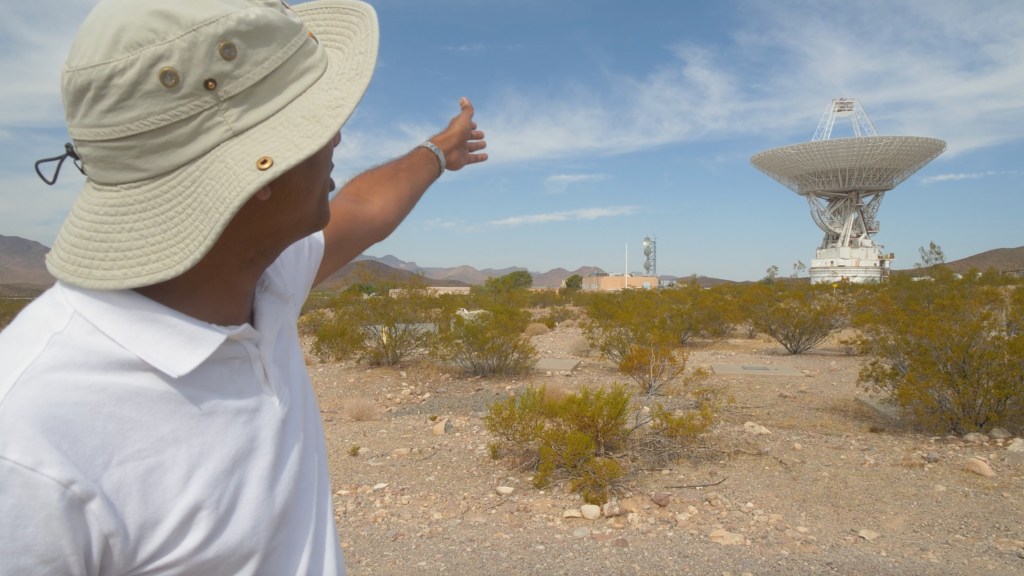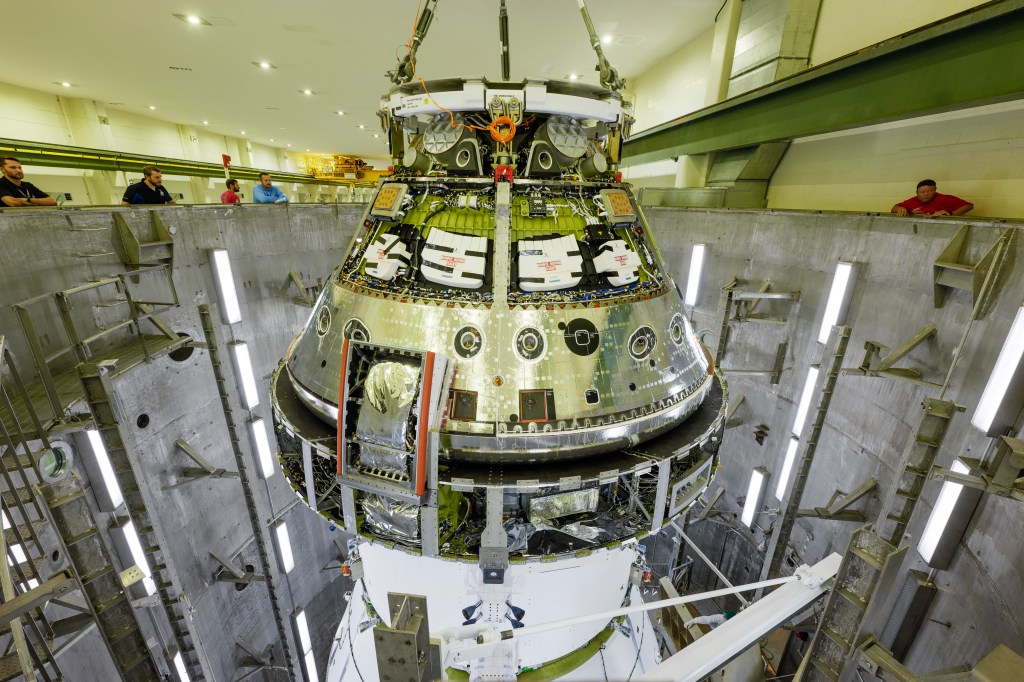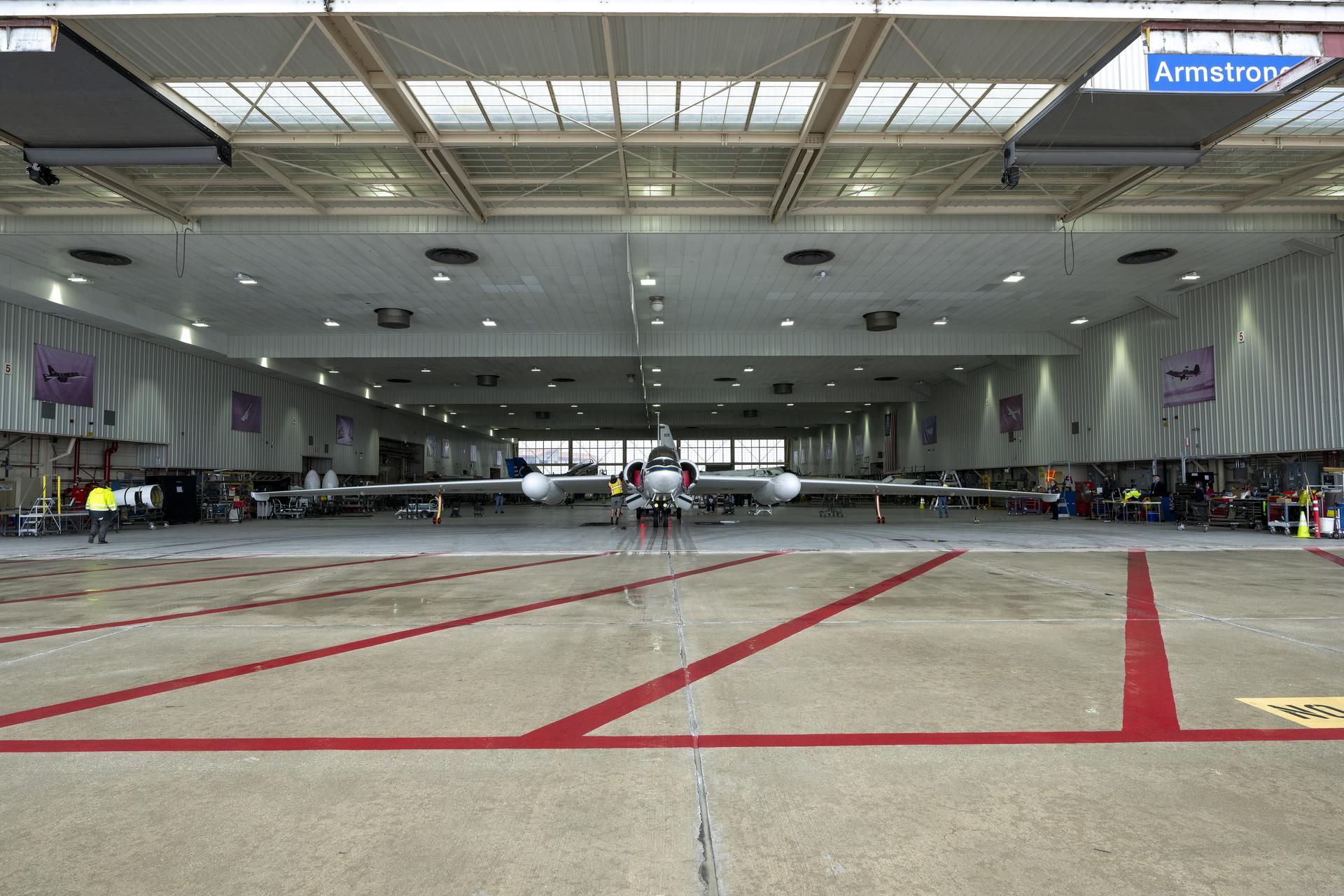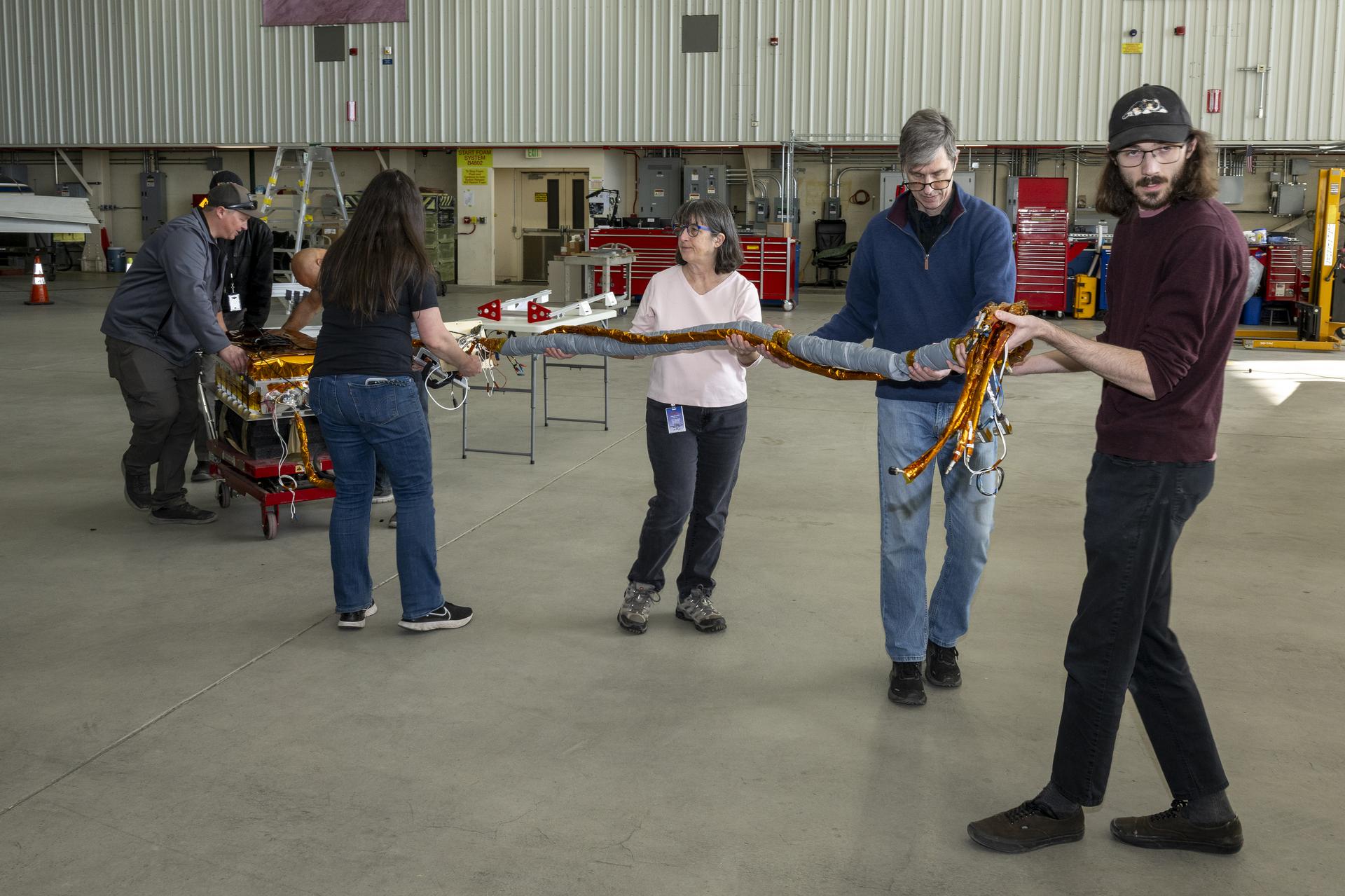
Flying high above the clouds and moon-gazing may sound like a scene from a timeless romance, but NASA did just that in the name of Earth science research. In March 2025 pilots took the agency’s ER-2 science aircraft on a series of night flights over NASA’s Armstrong Flight Research Center in Edwards, California, as the Moon increased in visible size. For those few nights, the high-flying plane was converted into a one-of-a-kind airborne lunar observatory.
The Airborne Lunar Spectral Irradiance, or air-LUSI, mission observed the Moon at different phases and measured the sunlight reflected by the lunar surface. Specifically, the instrument tracks the amount of light reflected at different wavelengths. This information enables scientists to use the Moon as a calibration tool for Earth-observing sensors.
As an “absolute reference, the Moon also becomes the perfect benchmark for satellites to consistently and accurately measure processes on Earth,” said Kevin Turpie, air-LUSI’s principal investigator and a researcher based at NASA’s Goddard Space Flight Center in Greenbelt, Maryland. This helps scientists to improve the precision of many different measurements, including data on weather patterns, vegetation growth, and ocean conditions.
As the highest-flying platform for airborne science, the ER-2 can fly the air-LUSI instrument in the stratosphere, above 95% of the atmosphere. Data collected at an altitude nearing 70,000 feet are highly accurate because the air is predominantly clear of the gases and particles found in the lower atmosphere that can interfere with measurements.
“To date, air-LUSI measurements of the Moon are the most accurate ever made,” said Kelsey Bisson, the NASA program scientist supporting the mission. “Air-LUSI data can advance our ability to understand the Earth and our weather, and they provide a new way to calibrate satellites that can result in cost savings.”
The quality of these data has transformative implications for satellite and Earth observing systems. The improved accuracy and enhanced ability provided by air-LUSI data flown on the ER-2 reduces the need for onboard reference devices, effectually cutting satellite costs.
The air-LUSI project is a collaboration between scientists and engineers from NASA, the National Institute of Standards and Technology, the U.S. Geological Survey, the University of Maryland Baltimore County, and McMaster University in Ontario.
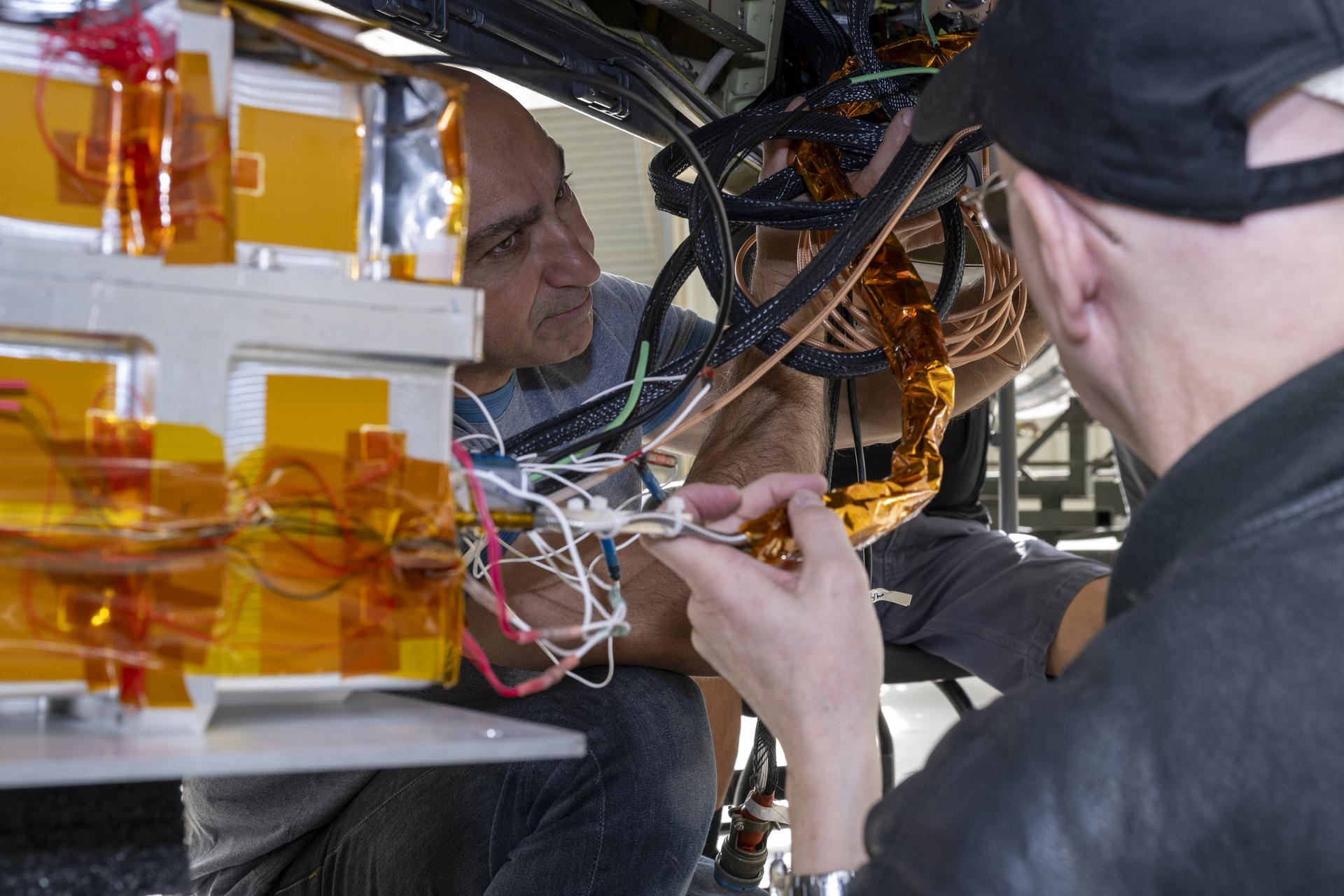
“The collective effort of the American and Canadian team members offers an opportunity for truly exciting engineering and science collaboration,” said Andrew Gadsden, associate professor and associate chair for graduate studies in mechanical engineering at McMaster University, and co-investigator on the air-LUSI project. The McMaster team developed the Autonomous Robotic Telescope Mount Instrument System and High-Altitude Aircraft Mounted Robotic (HAAMR) telescope mount, which support the air-LUSI system.
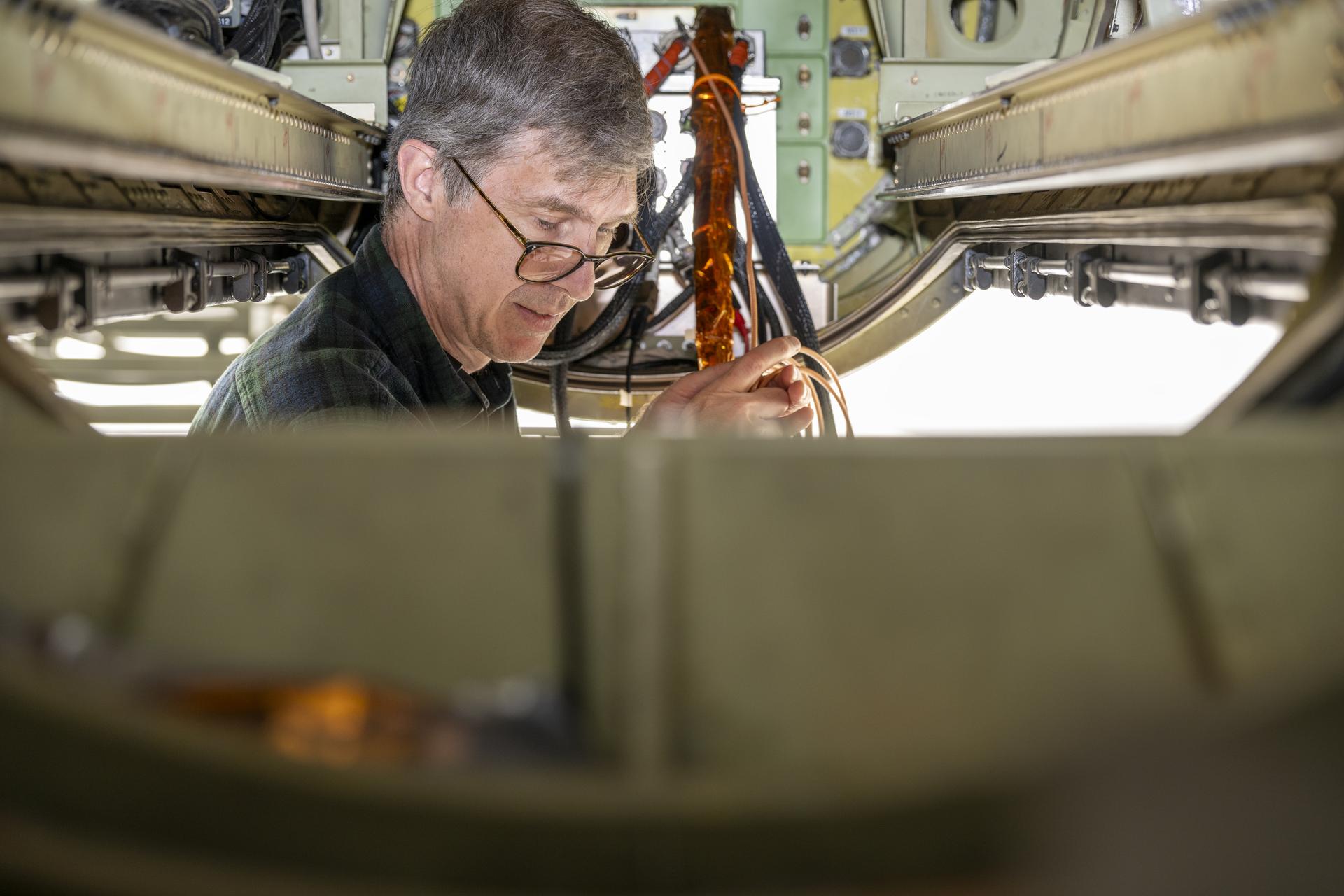
The HAAMR telescope mount was integrated onto the ER-2 and flown for the first time during the science flights in March. This new lunar tracking system is contributing to what John Woodward IV, co-investigator for air-LUSI, called the “highest accuracy measurements” of moonlight. To improve Earth observation technology, air-LUSI represents an important evolutionary step.

